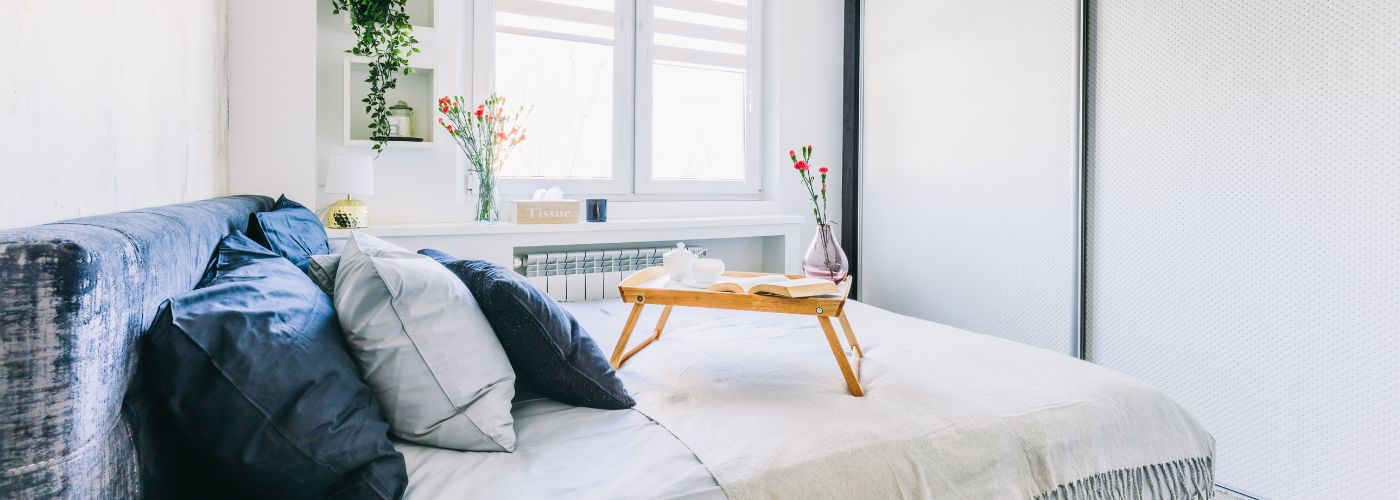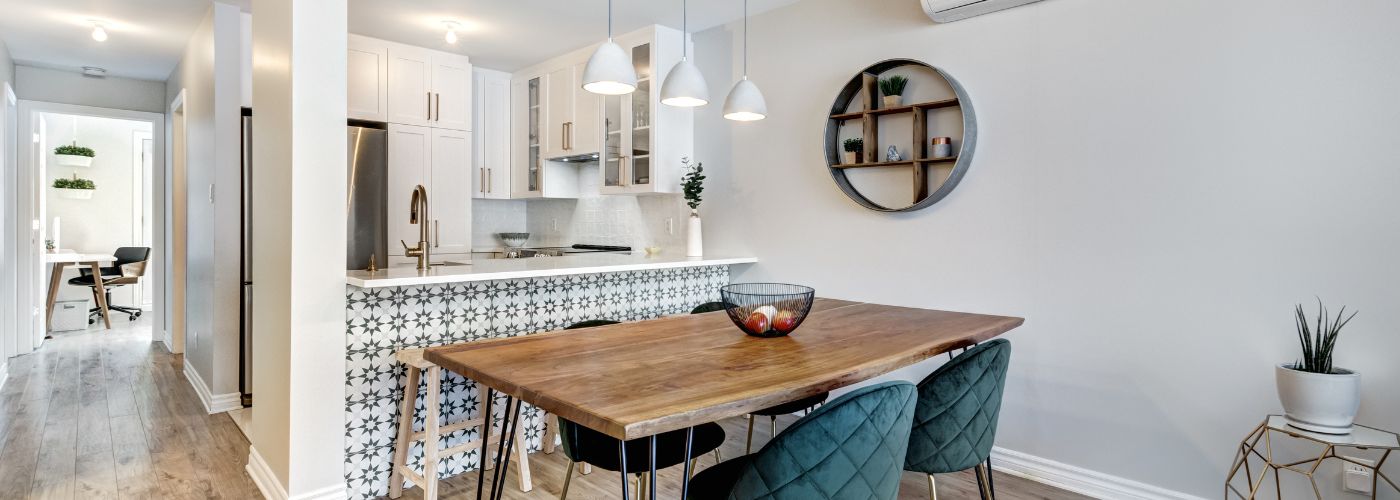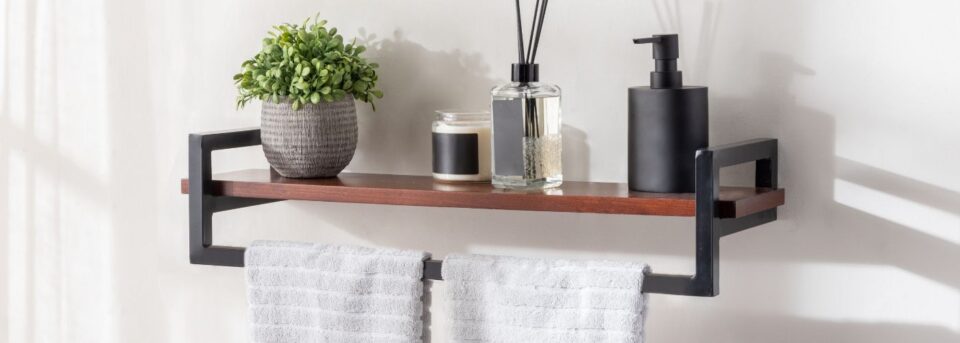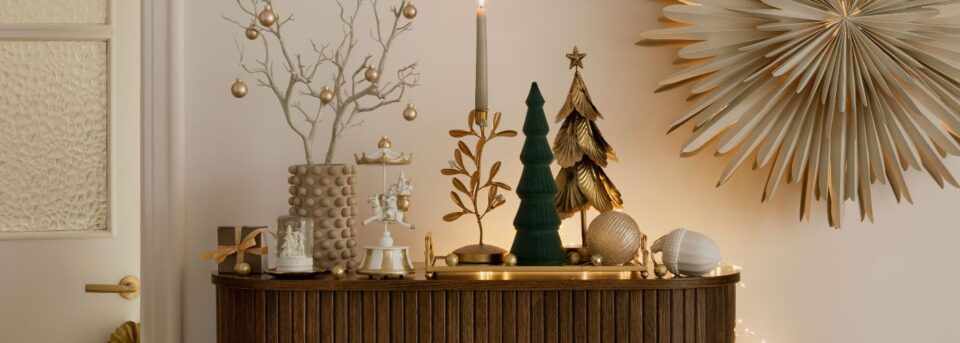How to Stage Small Spaces for Big Results
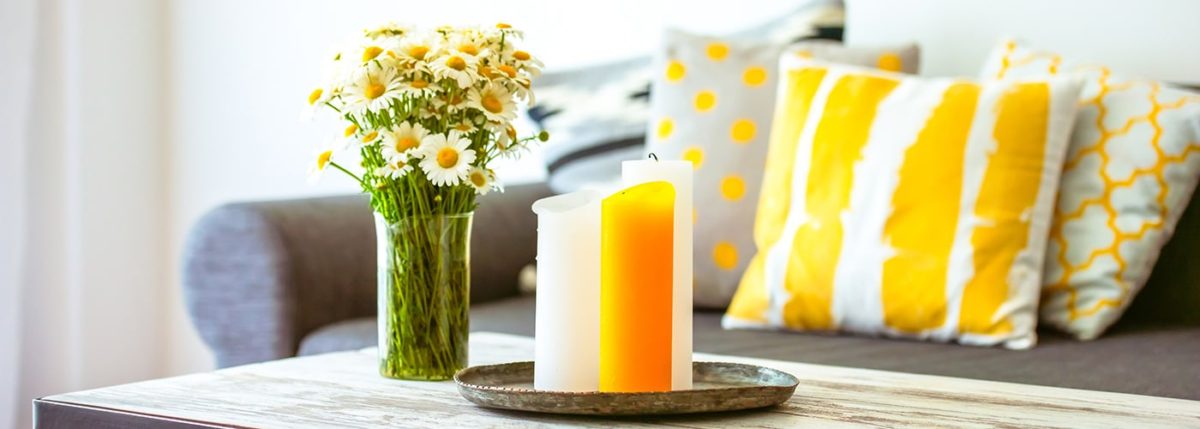
In a world where bigger often seems better, small spaces can easily feel overlooked or under appreciated. Yet, with the right touch, these cozy corners can transform into stunning showcases that captivate anyone who steps inside. This is the power of home staging for small spaces. We’ll be going over tips on how to stage small spaces for big results!
Tips On How To Stage Small Spaces
Staging small spaces can feel like a puzzle, but with the right approach, it becomes an art. One effective trick is to utilize mirrors strategically. Placing them opposite windows not only brightens the area but also creates the illusion of depth.
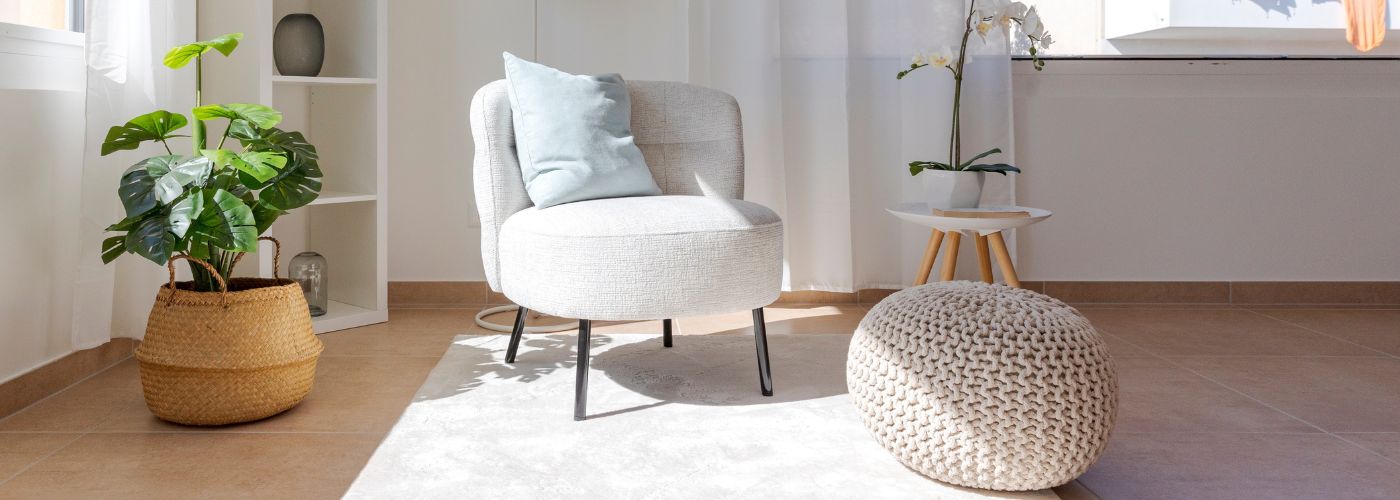
Incorporating vertical elements can dramatically change how a room feels. Wall-mounted shelves or tall plants draw the eye upward, making your space feel taller and airier. Don’t shy away from bold colors or patterns; a statement wall can add personality without overwhelming the room if balanced with neutral tones elsewhere.
Finally, remember that less really is more. Curate your decor to highlight key pieces rather than cluttering every surface. Whether you’re preparing for guests or looking to enjoy your surroundings more fully, these simple tweaks will transform your small space into an inviting oasis.
Utilize Multi-Functional Furniture For Every Room
Learning how to stage small spaces requires creativity and a keen eye for detail. One of the best strategies is to utilize multi-functional furniture for every room. Consider a sleek sofa bed in your living area, which can seamlessly transform into guest accommodation without sacrificing style.
A coffee table that doubles as storage not only keeps clutter at bay but also provides an opportunity to showcase chic decor items on top.
Another effective way to maximize space is through vertical design elements. Install wall-mounted shelves that draw the eye upwards, making the room feel taller while displaying books or art pieces. These thoughtful touches not only impress potential buyers but also make everyday living more enjoyable in compact settings.
Declutter And Simplify For A Clean Look
When staging small spaces, decluttering and simplifying are your secret weapon. This is one of the best tips on how to stage small spaces.
Begin by removing excess furniture and personal items that might overwhelm the area. This opens up the room, allowing potential buyers to envision their own lives within the space.
Remember, less is more; each piece of furniture should serve a purpose while contributing to a clean aesthetic.
Another clever trick is to consider your color palette. Lighter colors tend to make spaces feel larger and more inviting. Opt for soft neutrals on walls and trim while incorporating pops of color through accessories like throw pillows and artwork. This interior design strategy creates visual interest without overwhelming the senses.
Lighting is another crucial element in staging small spaces.
Use Lighting To Brighten Up Your Space
Staging small spaces effectively can transform a cramped area into an inviting haven. One of the simplest tricks on how to stage small spaces is through the use of lighting.
Use layered lighting to brighten up your space—combine ambient, task, and accent lights for depth and warmth. Consider lighting options like pendant lights, wall sconces, and table lamps that can add both style and functionality.
Incorporating dimmer switches also allows you to adjust the brightness based on the time of day or occasion, creating a cozy atmosphere when needed.
One of the best lighting options for the bedroom is bedside lamps that not only illuminate the space but also serve as decorative elements. Opt for table lamps with unique designs or bold colors that reflect your personality and enhance the room’s decor.
If floor space is limited, consider wall-mounted fixtures or even string lights to add charm without overwhelming the area.
Choose A Cohesive Color Palette
When staging small spaces, one of the most powerful tools at your disposal is a cohesive color palette. Choosing soft, neutral hues can create an illusion of more space while maintaining a tranquil atmosphere. Adding splashes of color through art or accessories can inject personality without overwhelming the senses.
Some of the best interior house colors to consider for small spaces include soft whites, gentle grays, and muted pastels. These colors not only enhance natural light but also reflect it, making the room feel airier.
A bedroom color that we recommend is a pale blue or serene lavender. These shades promote relaxation and can have a calming effect, which is ideal for creating a restful retreat.
In addition to wall colors, consider using similar tones in your bedding and decor to create a harmonious look throughout the space.
Create Zones For Functionality And Flow
Staging small spaces requires a thoughtful approach to maximize every inch. Start by creating zones for functionality and flow. For instance, designate areas for work, relaxation, and dining using furniture arrangement and layering textiles.
A small side table can transform into a makeshift office when paired with a cozy chair. This not only enhances practicality but also gives the space an intentional feel.
Each zone should be designed with purpose, incorporating elements that enhance both aesthetics and utility within the furniture staging.

